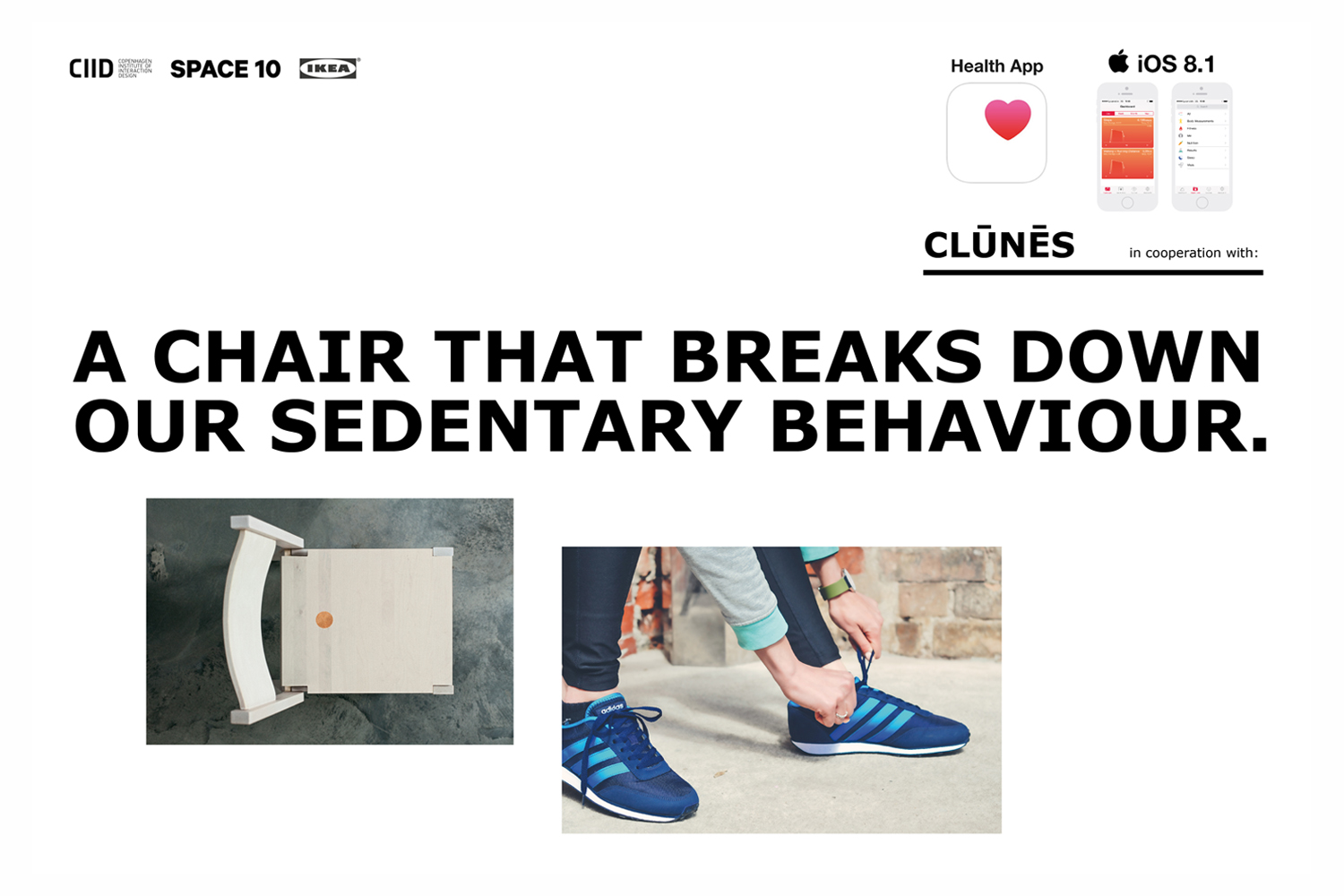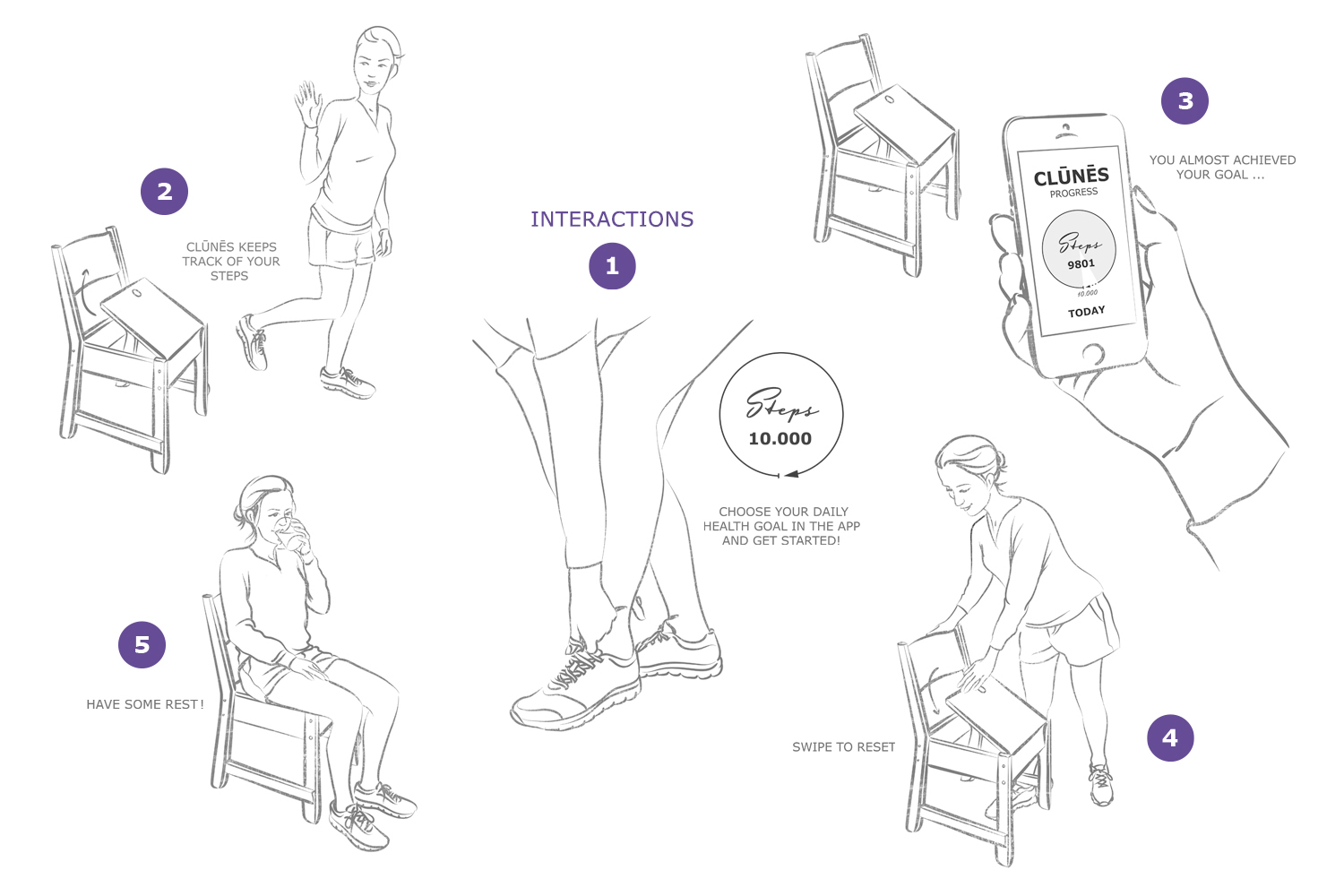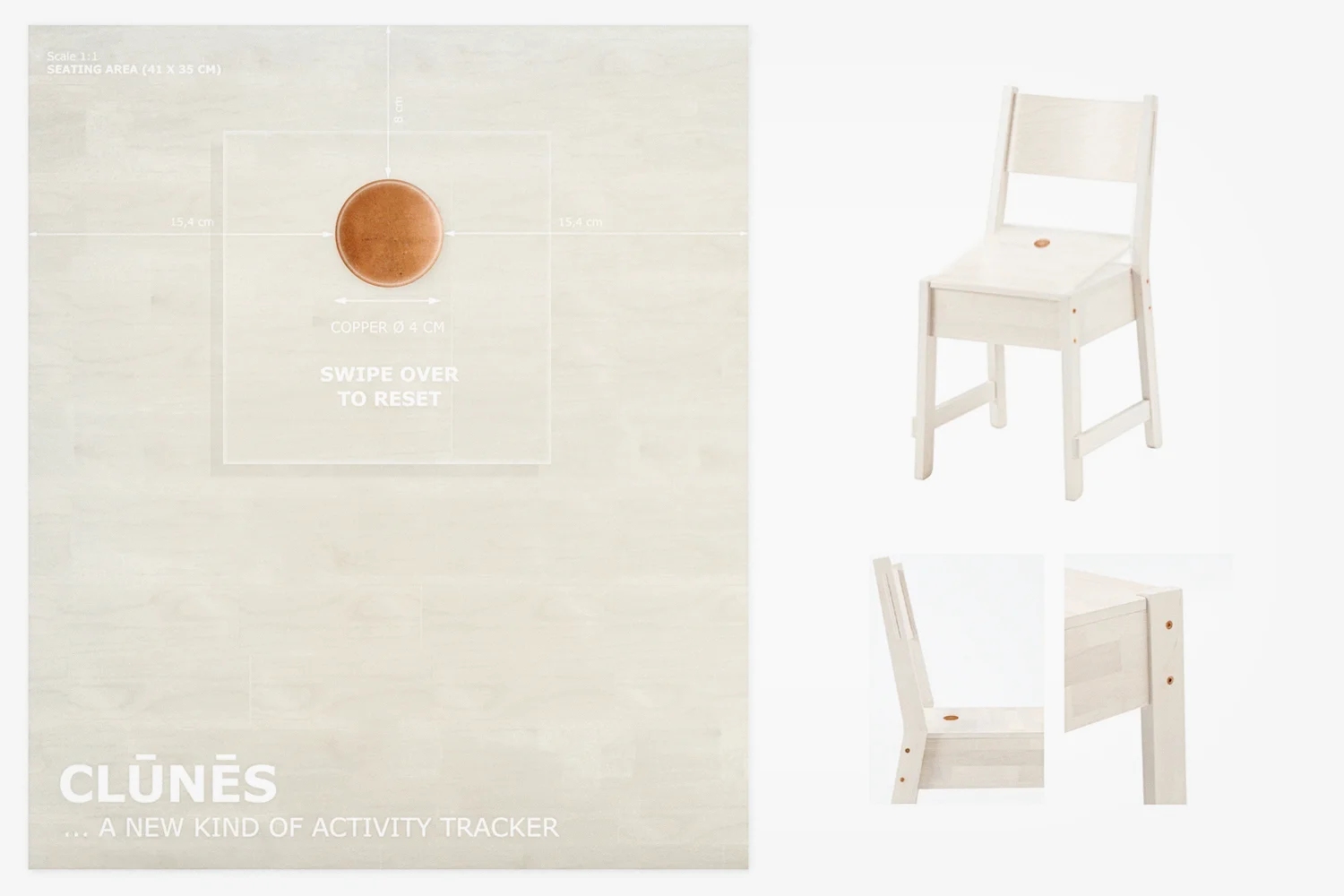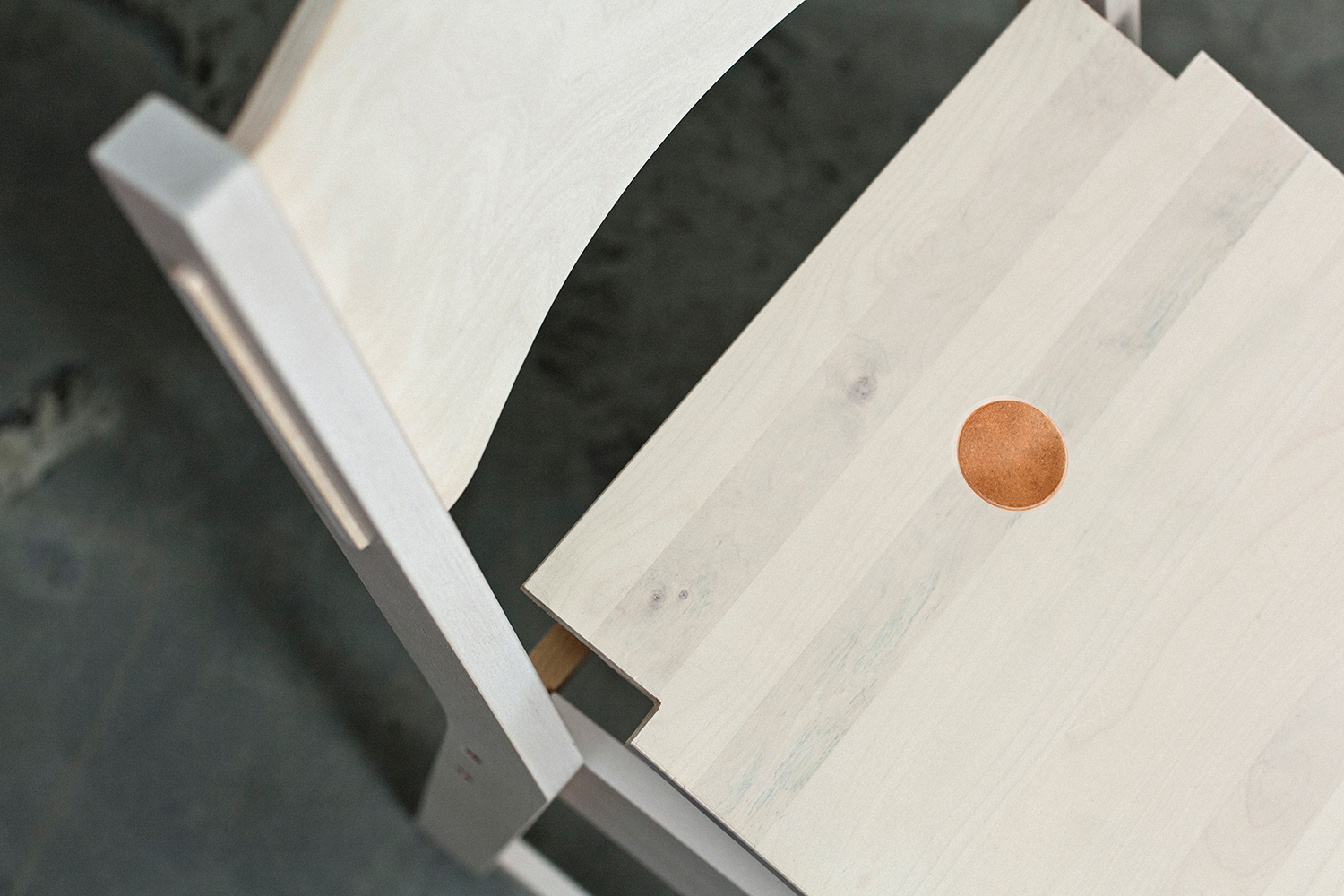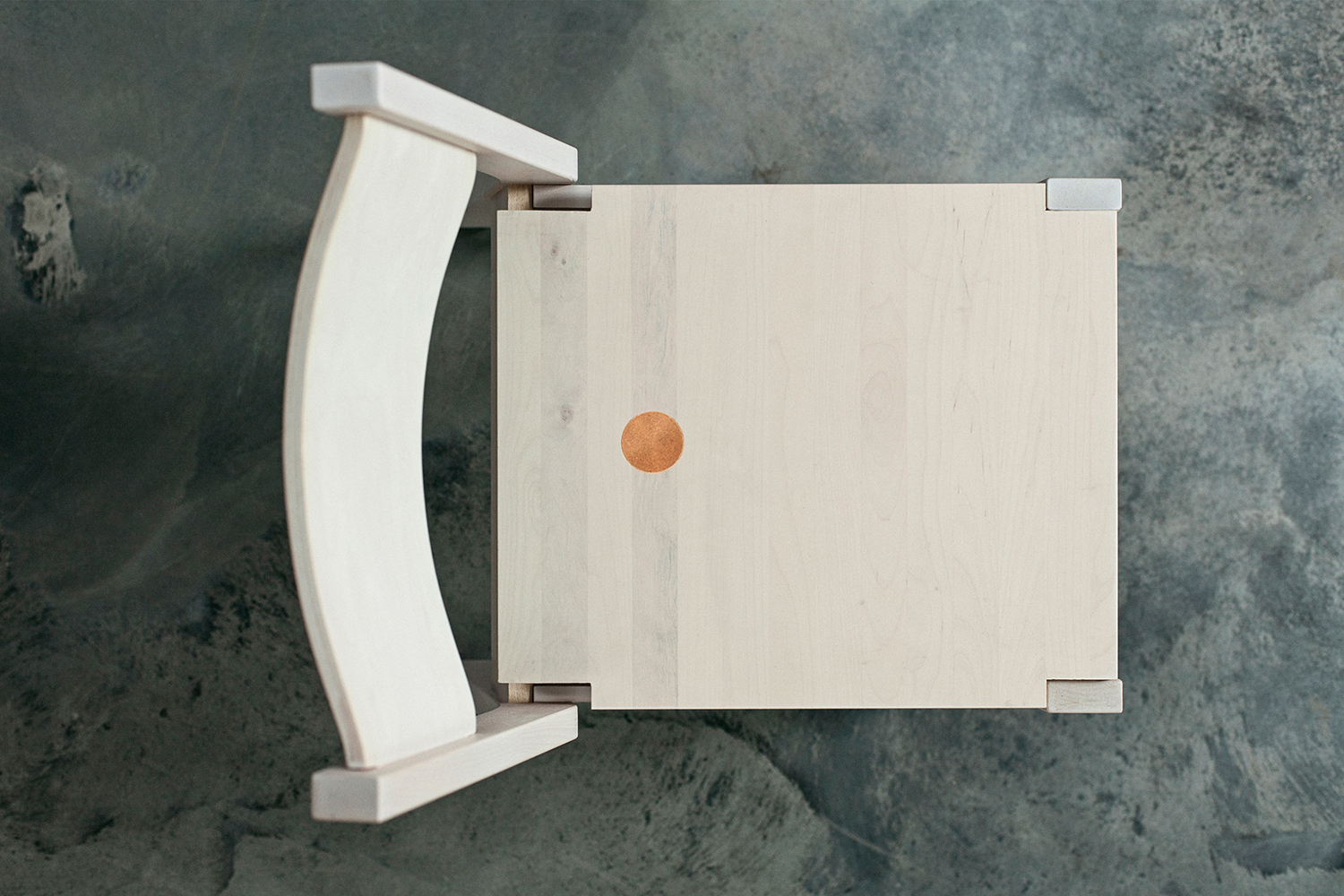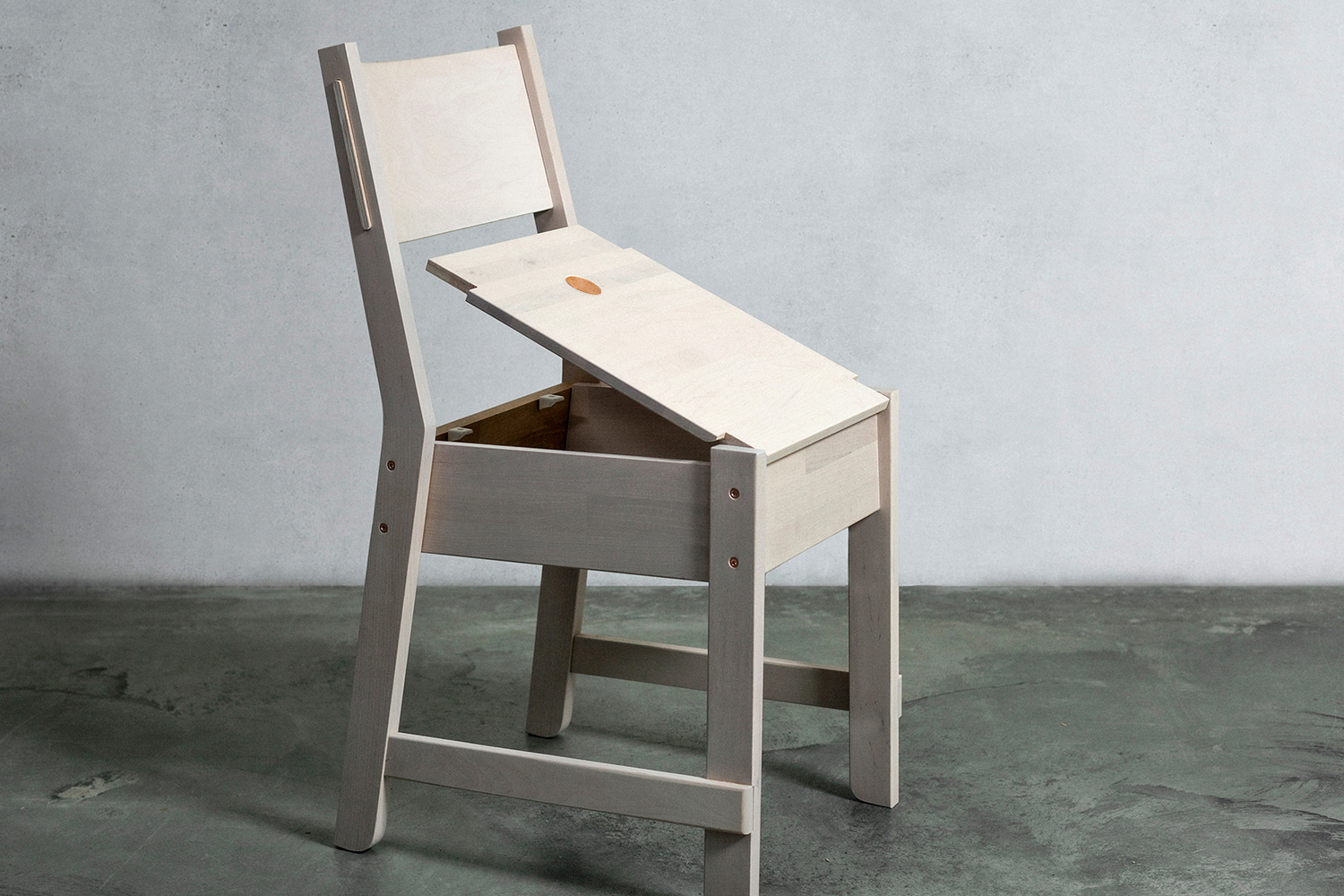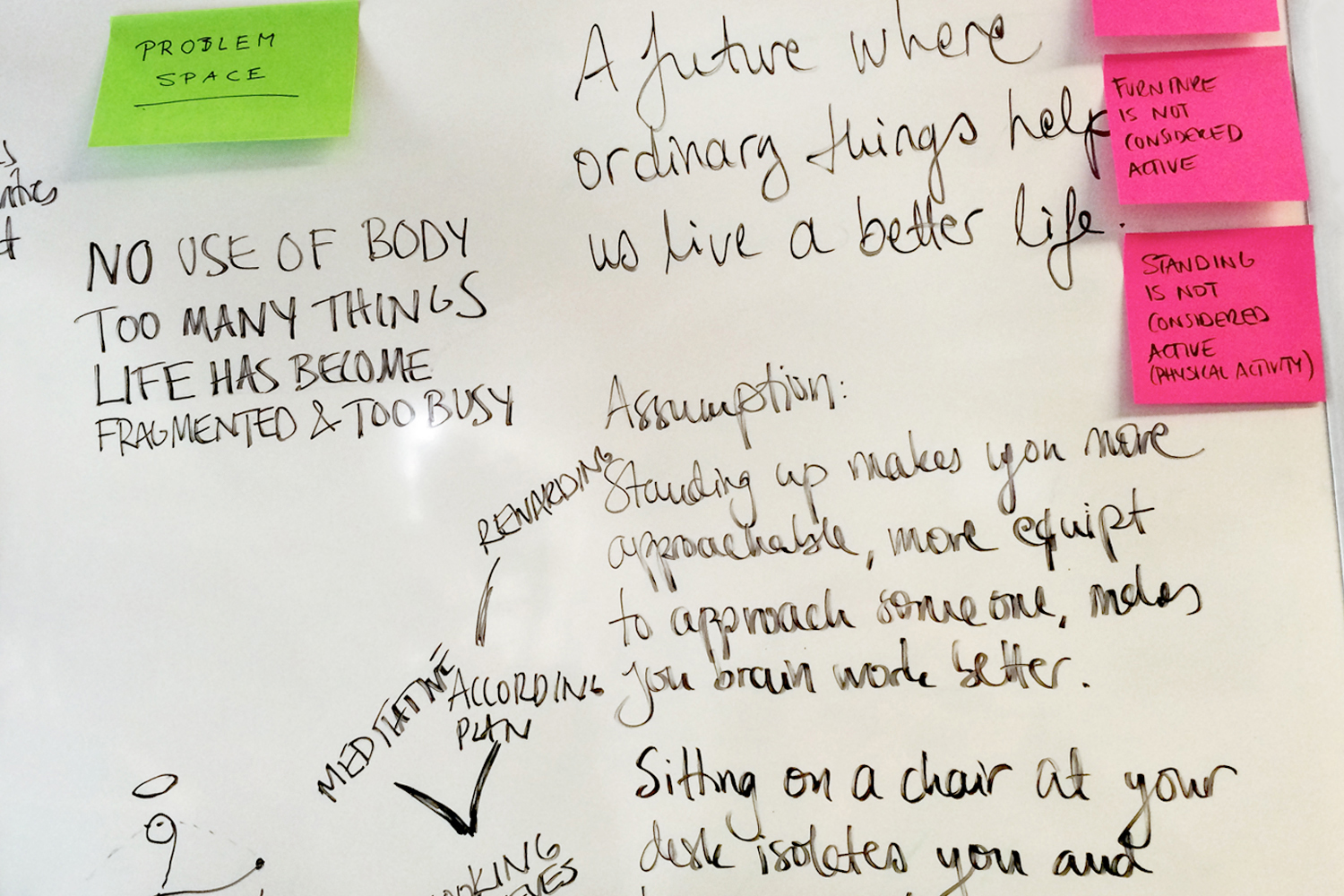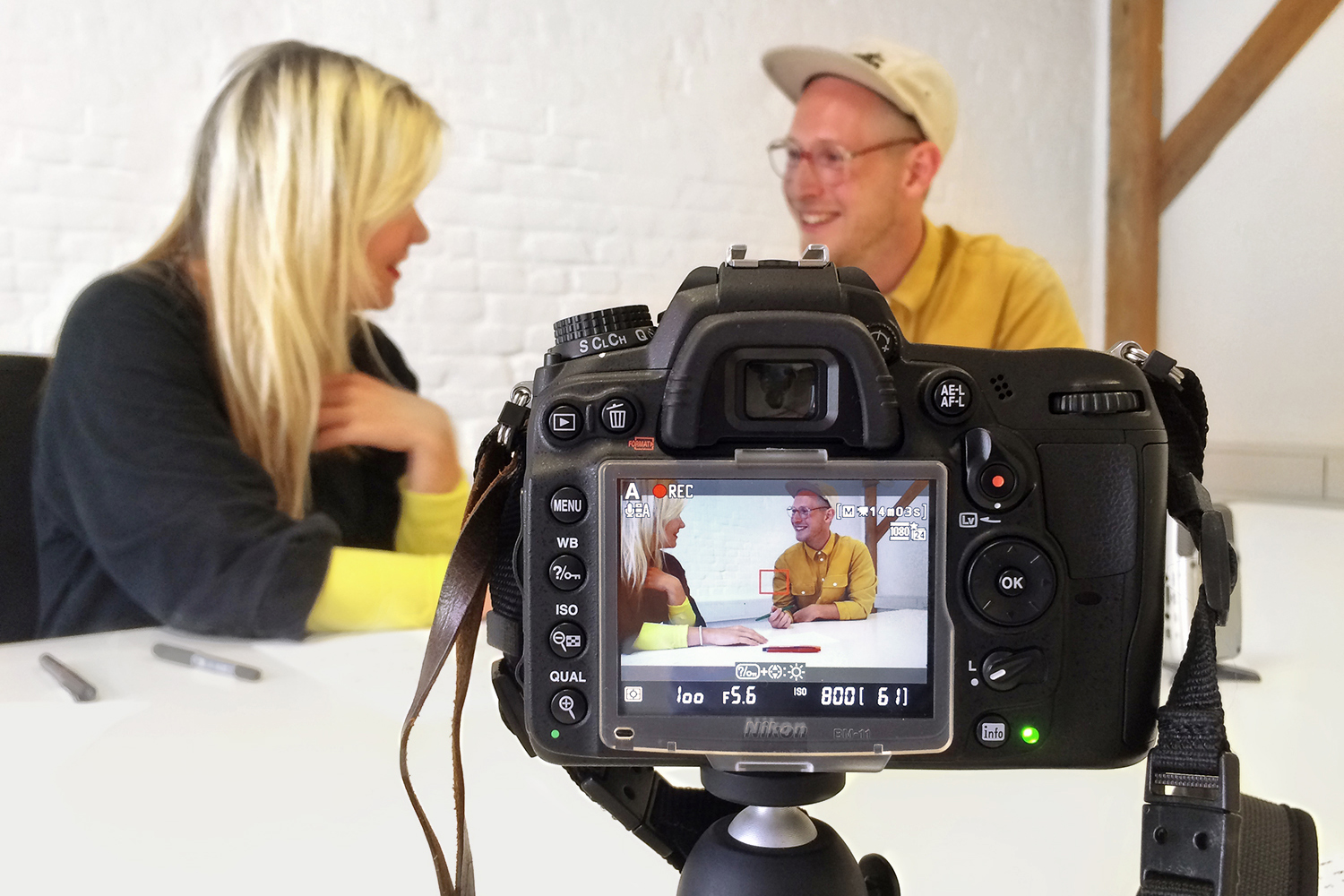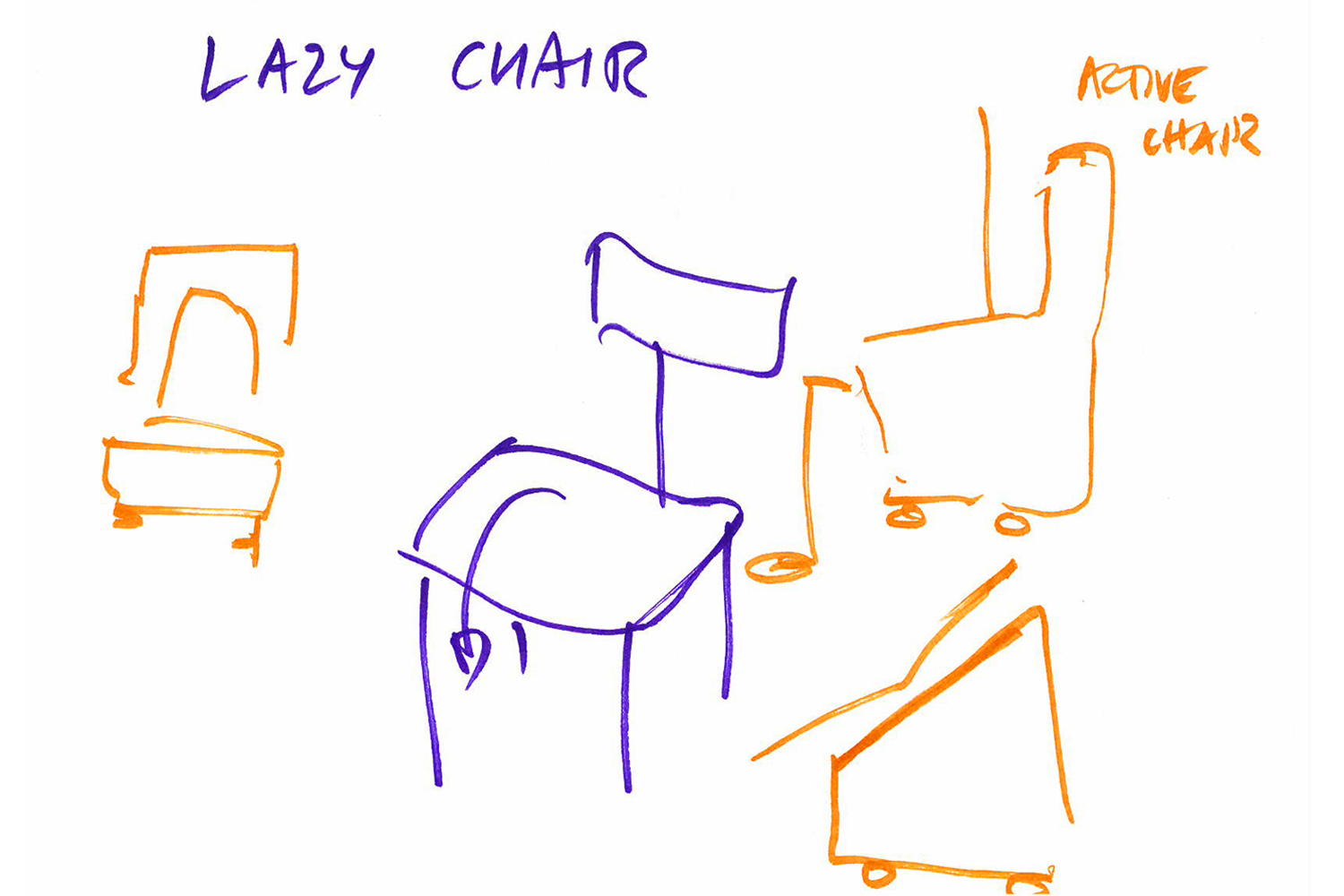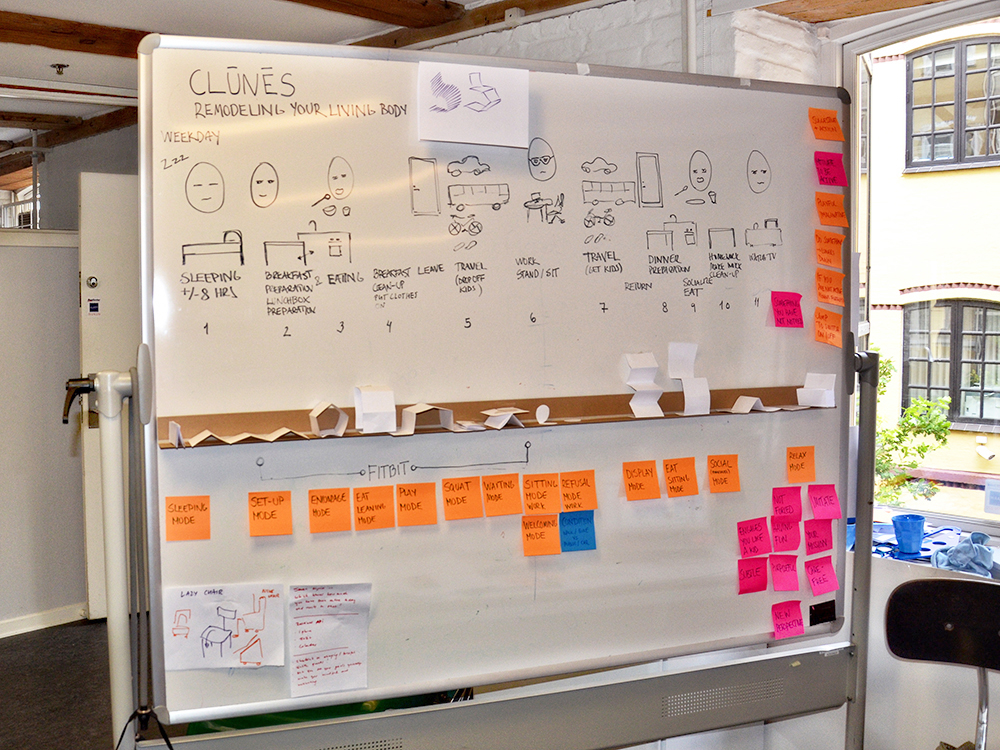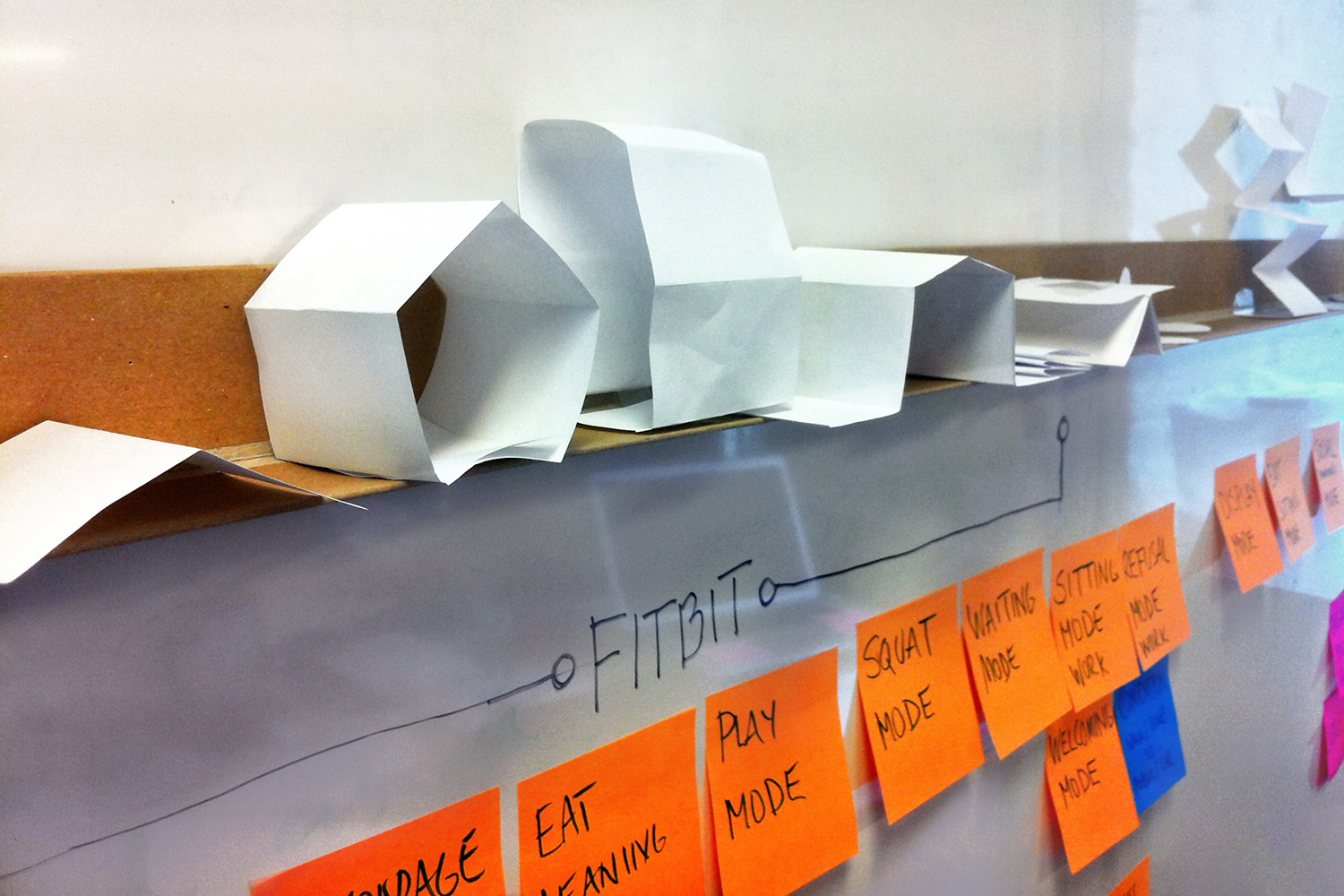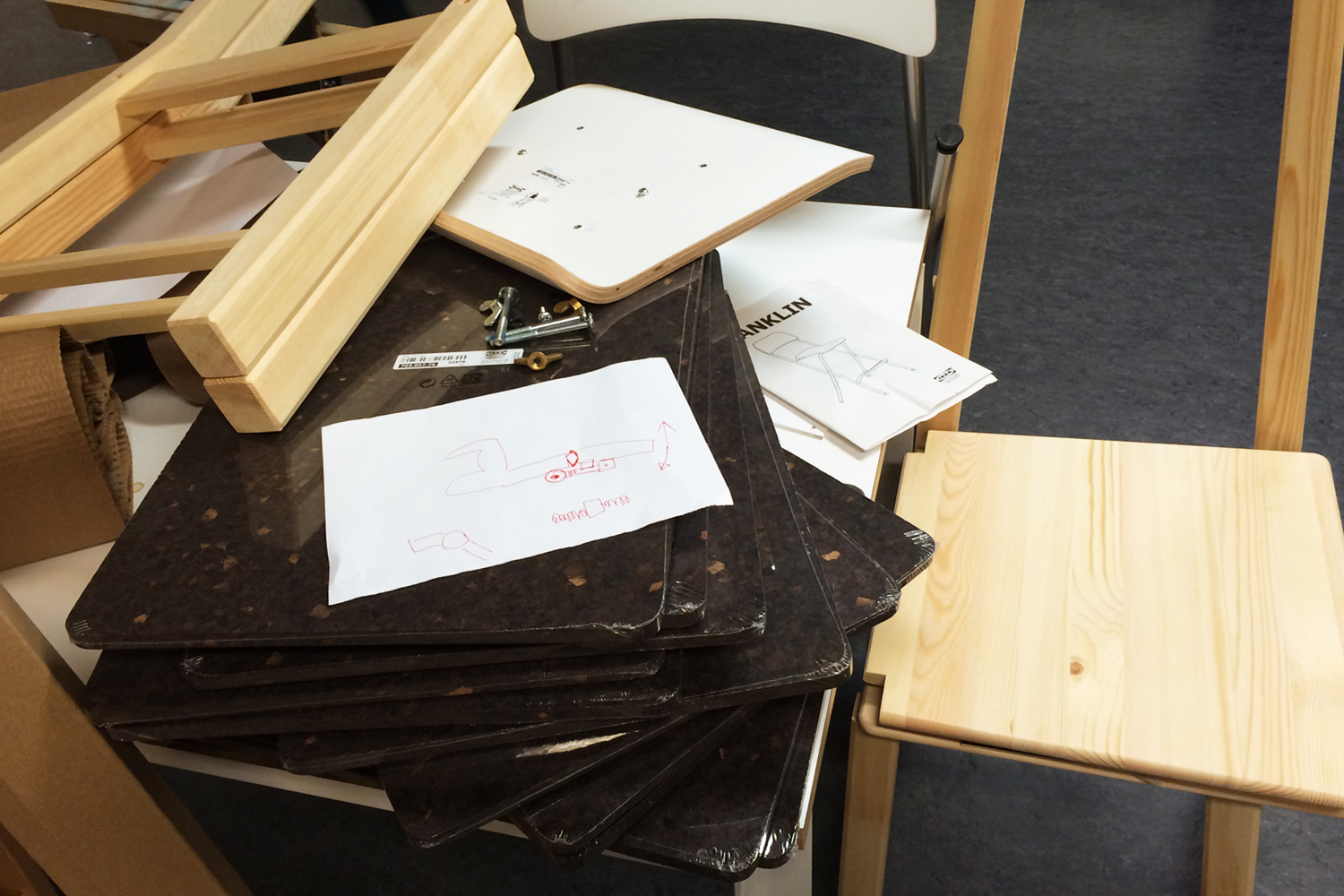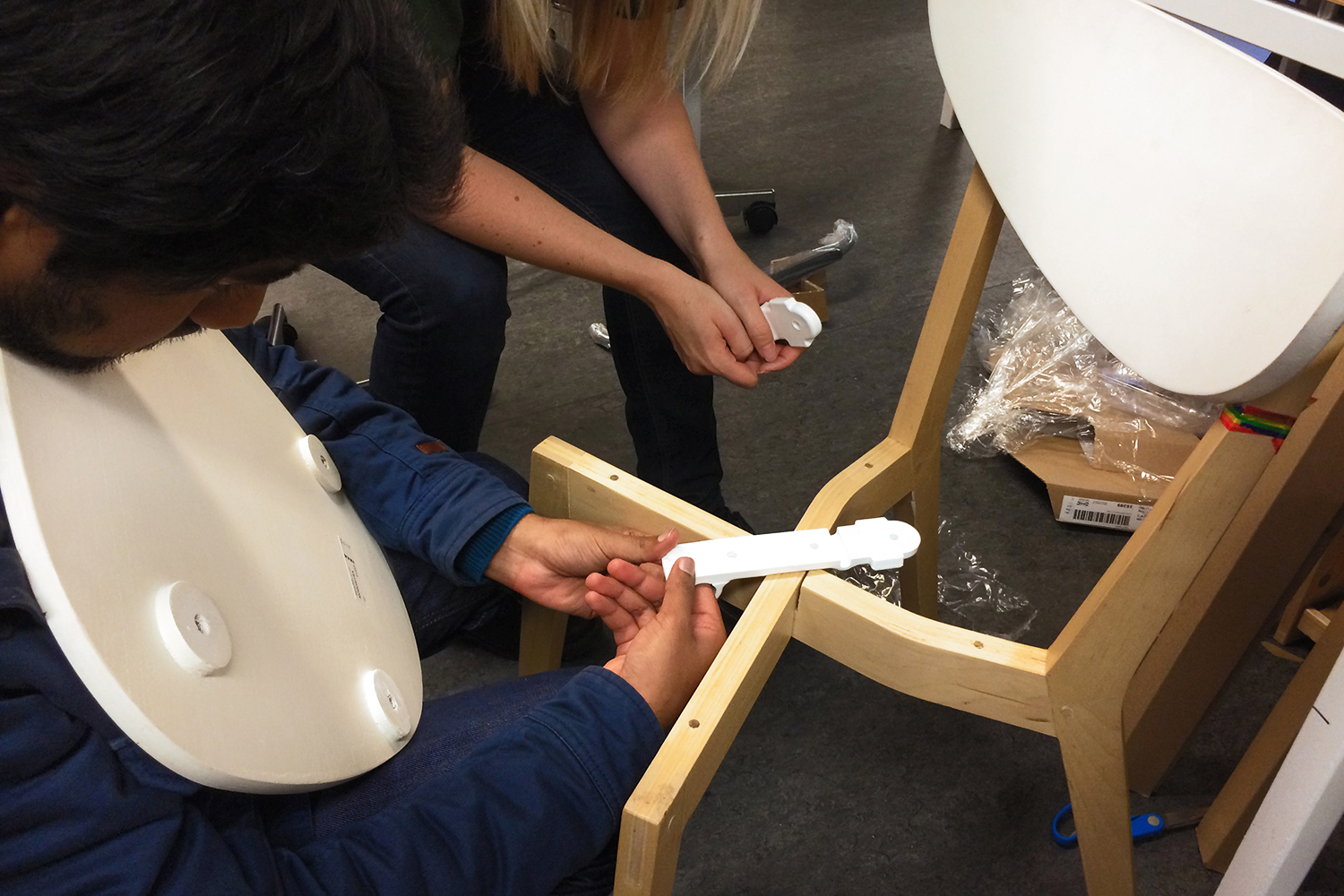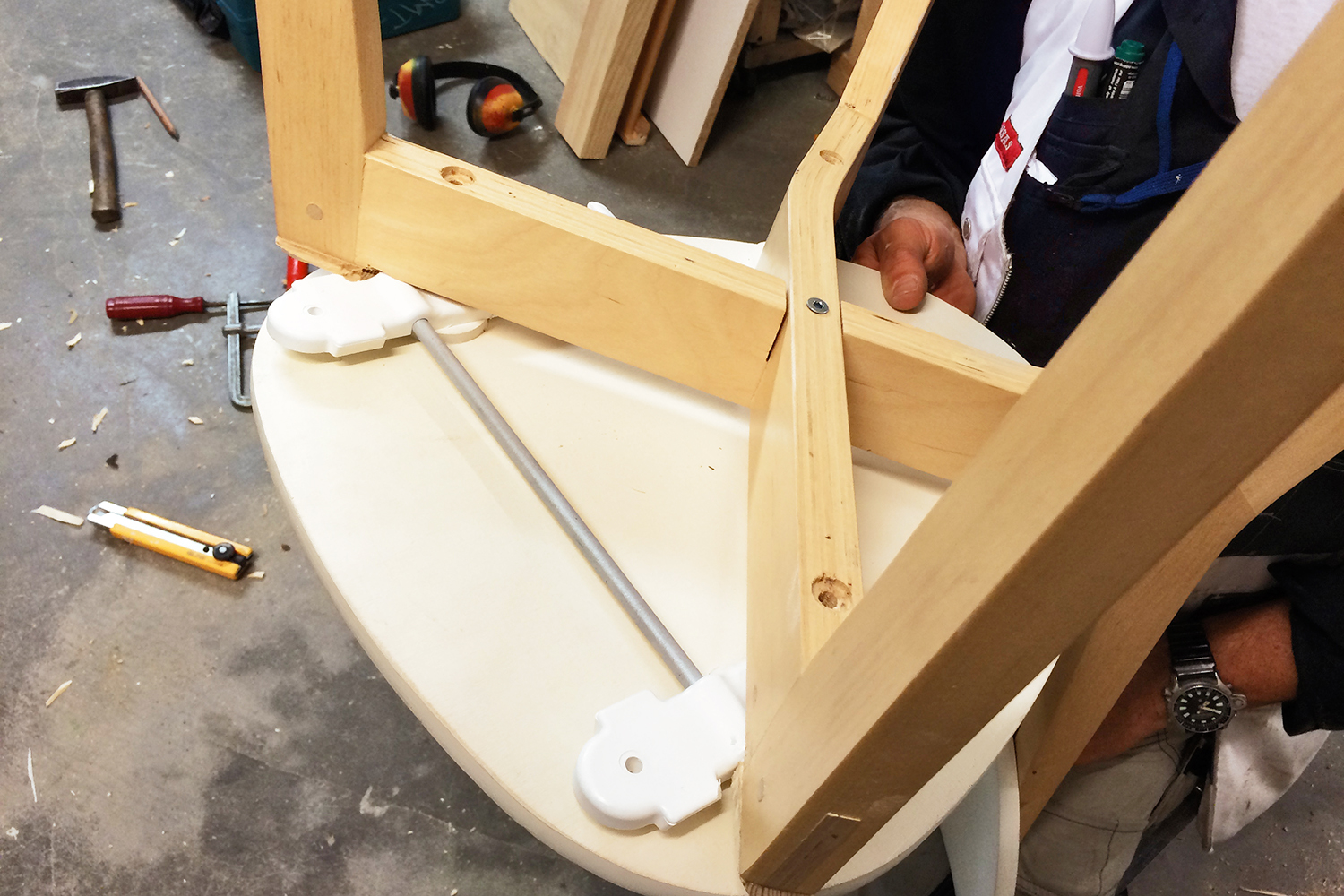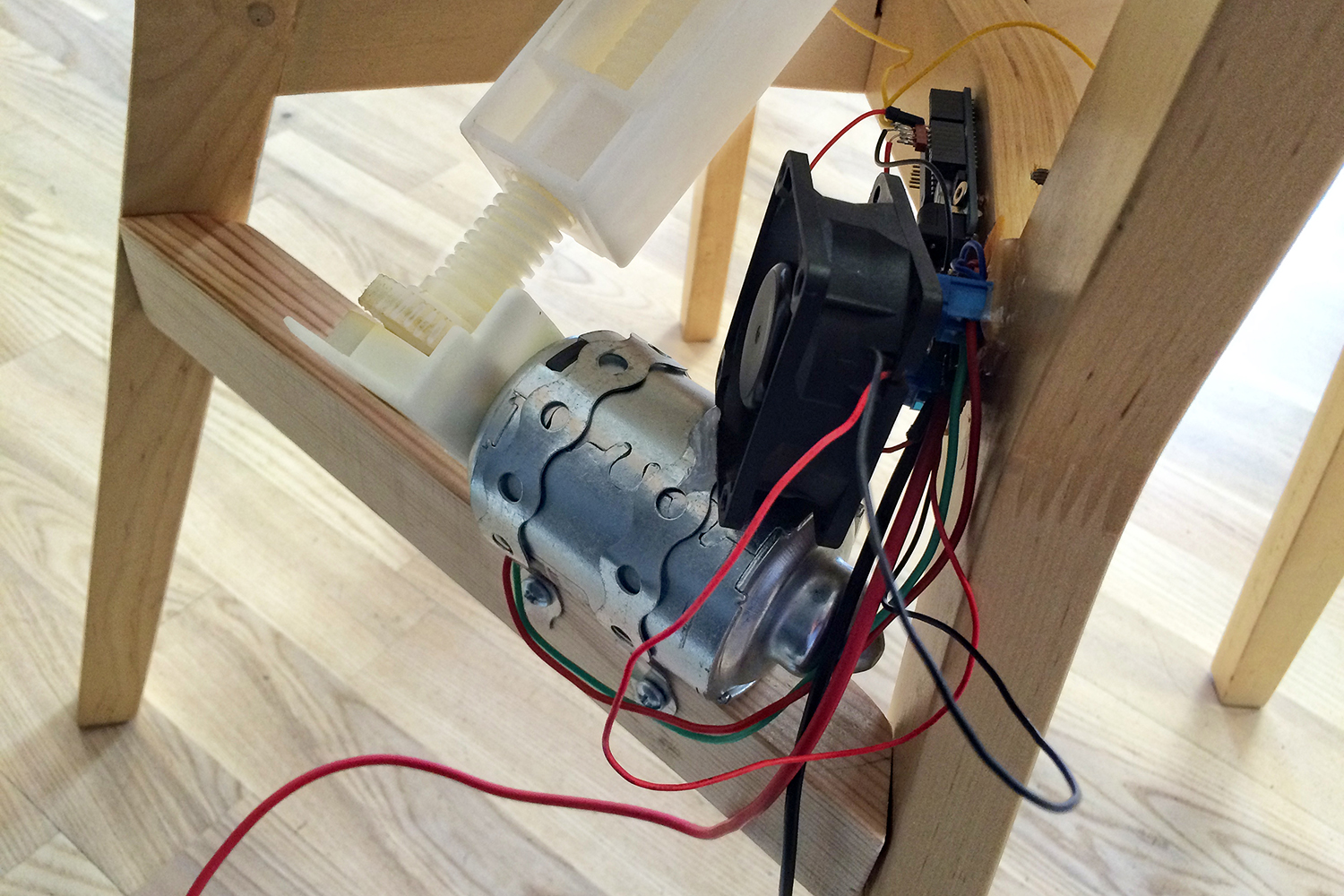Chapter 2. Clunes
A new kind of activity tracker; a chair that wants to encourage movement by providing a union of smart technology and real object behavior.
“Sitting is the new smoking.”
Project Description
Opportunity
We are part of a digital fitness culture; wearable fitness trackers try to break the pattern created by unhealthy routines. People rely on personal smart devices to keep track of movement to improve their health. However, it is questionable whether wearables can lead to sustainable health gains, due to the so-called honeymoon period between user and device, particularly when it wears off. Out of their conducted research the team understood that increasing reliance on technology and screens intensifies the wish to step away from it at times in favor for the 'smell and feel of real objects'.
Working closely with IKEA's innovation lab Space10 on developing future products for healthy living, Liliana and her project partner Melina Pyykkonen identified a missing connection between wearables that portray information on your wrist and the physical world surrounding you.
CONCEPT
The team started looking into different ways an everyday object could receive and present information. Considering a chair as an object for encouraging movement was the right medium to work with, as it literally reinforces our sedentary behavior. New studies show there’s a big difference between exercising too little and sitting too much; even daily exercise doesn’t compensate time spent sitting.
While a traditional chair is seen as something idle and static, ›Clunes‹ wants to encourage movement by providing a union of smart technology paired with real object behavior. Set up using the Health app (tracks steps like a pedometer) on new iPhones with integrated motion tracking chip, the chair was modified to have a feedback function showing users the state of their daily health goal as a subtle visualization. If the level of activity wasn't high enough in appropriate relation to their sedentary time, ›Clunes‹ reacts by lifting off the seating surface. The option to reset will change it back to its original inviting shape.
PROCESs
Conceptually thinking about characteristics and behaviors, the team wanted to find out how to give a modular chair an encouraging character. Building various paper models in order to realistically visualize the user journey made them realize that too many modes would distract from what they essentially aimed for. Continuous reiteration led them to choose one single mode for ›Clunes‹.
Followed by explorations regarding function and interface the team discovered the seating area was best to modify. By disassembling existing chairs, they found the most suitable mechanism to support the movement they envisioned. Liliana and Melina were able to build their first working prototype by placing a capacitive sensor into the wooden surface. Via Arduino it was controlled and connected to a powerful motor, required to lift up the heavy material.
FUTURE VISIONS
This project holds a continuous lifespan. Thinking about motivational incentives to exercise, Liliana and Melina consider integrating ›Clunes‹ into offices and workspaces. By including a reward function, they envision that colleagues will encourage and motivate each other to be more active. The chair could potentially improve health at a systems level.
Project Details
The Team
The project was realized with Melina Pyykkonen.
Expertise
Research, Co-Creation, Concept, Prototyping, User-Experience, Visuals, Video, Product Design, Speculative Design
DATE | DURATION
Completed in 2 weeks in October 2015 as part of an industry project with IKEA and ArtRebels at CIID (Copenhagen Institute of Interaction Design).
Appearances
Space 10 – The Fresh Living Lab, Dezeen, Booooooom, Intervallinterior, Creativepool, DAMN° 65 Magazine
MILESTONES | HIGHLIGHTS
Liliana particularly enjoyed creating the prototypes in low fidelity to visualize the user journey, as well as presenting the concept to IKEA at the opening of the exhibition for Space10. She feels confident the project’s statement could trigger responses about the way people regard their lifestyle in the future.
LEARNINGS | FALLBACKS
Speculative Design has the purpose to make a statement and to use design to provoke discussions and debates. It’s not necessarily about solving a problem or to come up with a solution. It’s about finding the problem and asking questions around it.
Initially, the team decided on an experimental direction that moved away from IKEA’s original brief (which was set to design a product for 2050). It took Melina and Liliana some time to figure out that they could just use this method as a tool to come up with futuristic ideas out of ‘completely blue sky thinking’ but at the same time be able to transfer it back into present time to make sure this could be implemented right now since that’s what the client wanted.
SPECIAL THANKS TO
IKEA & Space10 (Clients)
Gizem Boyacioglu (Course Instructor)
Anders Højmose (Course Instructor)
Peter O. Kuhberg (Physical Computing Expert)
Lukas Renlund (Final Prototype Photographer)
Nina Heinke (Drawings visualizing Interactions)

